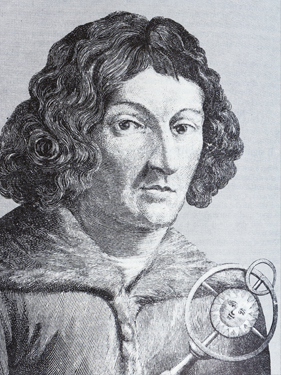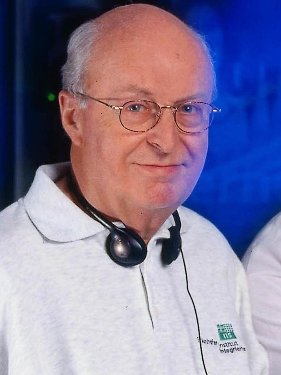Where does this passion for innovation come from? Is it the connections and collaborations? Or is it also the people?
To be honest, I believe there are innovative people in all regions. But what makes this region noteworthy is perhaps the healthy mix of scientific institutions whose employees take an application-oriented approach. Plus, we have here our share of big industry alongside a phenomenal number of SMEs. I’m more inclined to emphasize the multilayered nature of the structure than the genius of individuals.
Does the Franconian mentality play a role here? We’re known for being rather stubborn ...
That’s hard to say. When it comes to new ideas, we also have a reputation for focusing on flaws and playing down the good points so that no progress is made. But I think that we’re increasingly more interested in underlining the strengths rather than the drawbacks.
And of course in thinking in terms of practical application. After all, inventions alone won’t pay the bills. Perhaps it’s time to reestablish this practical approach as a regional trait. One that means we don’t get too bogged down in the theory, but instead ask right away what the practical application might be.
Where do you think the region is headed? Is Franconia becoming even more innovative?
Personally, I was pleasantly surprised that the map of “hidden champions” – in other words, of market-leading SMEs – has a heavy concentration in Upper Franconia. Perhaps this is a sign of the stubbornness you mentioned. Over the years, slowly but surely, large companies have emerged there and are now global market leaders in their segment.
Germany does not have much in the way of natural resources and the level of our wages means we can hardly be the world’s factory. That just leaves innovation: coming up with clever ideas and putting them into practice. And that’s where I’d say our region is on the right track.



